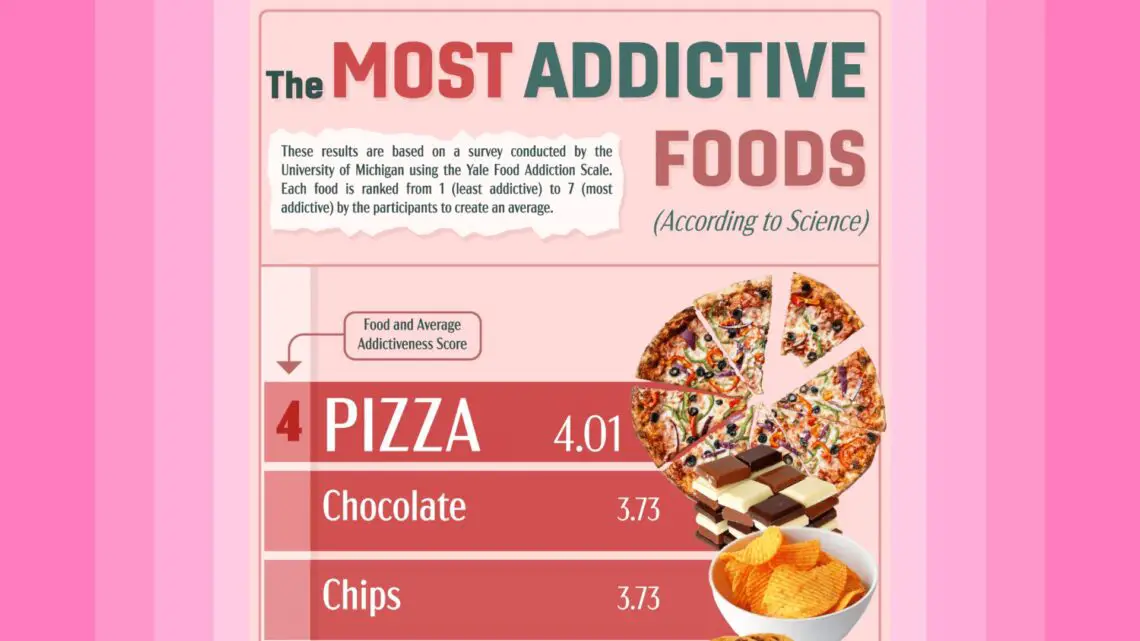While eating, you often find yourself in situations where the food is so irresistible that you just cannot resist eating. For some people this becomes a habit where your brain is tricked into desperately craving for unhealthy addictive foods such that you cannot resist from bingeing. Food gives you a high, and can be as addictive as drugs. This deception of the brain is not by chance.
There is a whole lot of research and science that goes into the making of such addictive foods. The right amount of salt, sugar and fat, the shape and texture of the food, the use of flavor enhancers and food science concepts like sensory specific satiety and vanishing caloric density, all come into play in the making of such addictive foods.
The connection between the taste receptors on the tongue and the chemical reactions it causes in the brain has been greatly researched. Michael Moss, a food industry insider, writes in his book -“Salt, Sugar and Fat: How the food giants hooked us” – how the food processing industry relies on the perfect balance between salt, sugar and fat to make foods more attractive and appealing to the taste buds and brain – that is make addictive foods. Big food companies have teams of food scientists to research and produce such addictive food.
Bruce Bradley, a former food executive, talks about how flavor enhancing agents are used to simulate tastes and aromas of substances that may actually be present in very small amounts in the food.
Neuroscientist Francis Mc Glone studied the mechanism behind the preference for various kinds of foods. The right texture of food makes it even more pleasurable. For example, the noisier and crispier chips taste better, so every effort is made to increase their crunch.
According to Chris Lukehurst, a food industry consultant- for foods to be appealing, they need to be “more-ish” that is you would want to have more. The shape of the food is also important. For example, chocolate which is associated with the feeling of comfort is shaped in such a way that it does not have sharp edges. It is soft, comforting and melts in the mouth.
Besides, food science concepts like “vanishing caloric density” and “sensory specific satiety” are also employed to engineer such addictive foods. Sensory specific satiety is the tendency of the brain to stop the desire to have more food which has a major distinct flavor. To avoid this, addictive foods have well blended flavors with no distinct overwhelming flavor, so that the brain is fooled into desiring for more. Vanishing caloric density is the tendency of the brain to interpret that certain addictive food has no calories since they quickly melted into your mouth and vanished. Michael Moss gives the example of Cheetos. It melts in the mouth quickly making the brain interpret that there are no calories and you keep eating it. Also they do not have a specific single flavor. Rather all flavors are blended together. This helps in avoiding sensory specific satiety and you keep eating more.
The role of flavor enhancers is also indispensable in making addictive foods. Without them, addictive food would not have the enhanced taste or aroma that makes it appealing and no one would eat it.
Excellent marketing ensures that those foods boasting to be healthy are sold more, giving companies huge profits since we keep coming back for more.
Thus pure science is behind the making food that is appealing and addictive.
Check out this video by CBC News, Toronto on the science of addictive food




